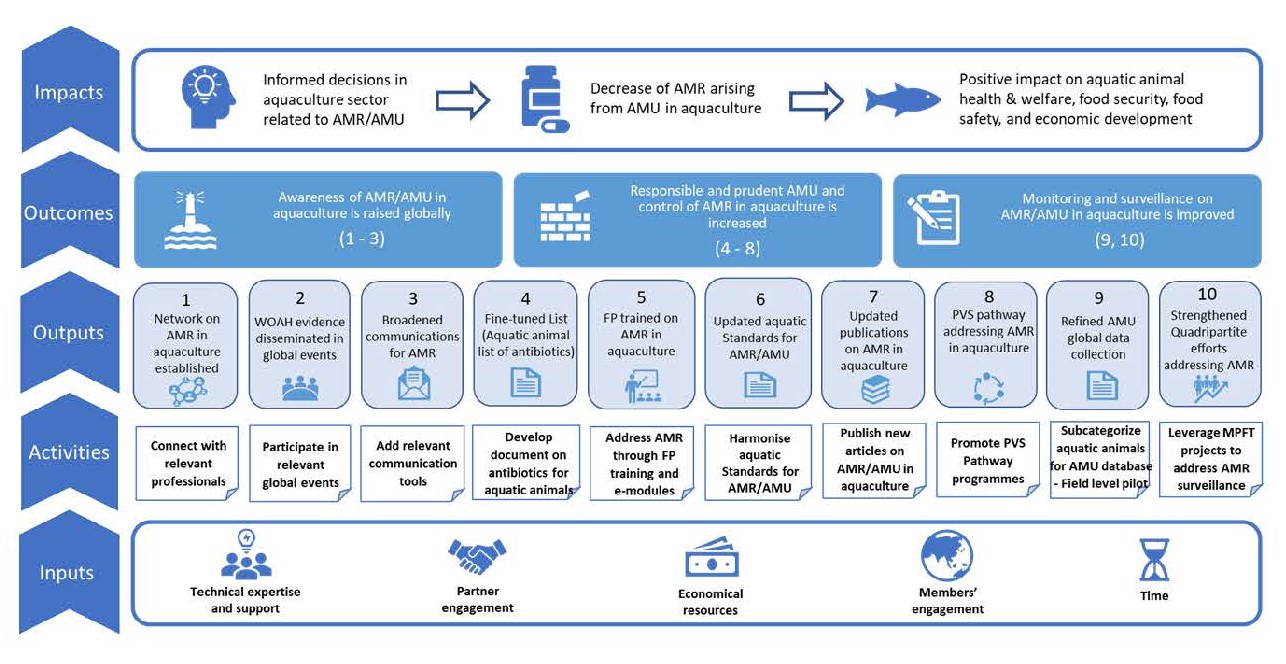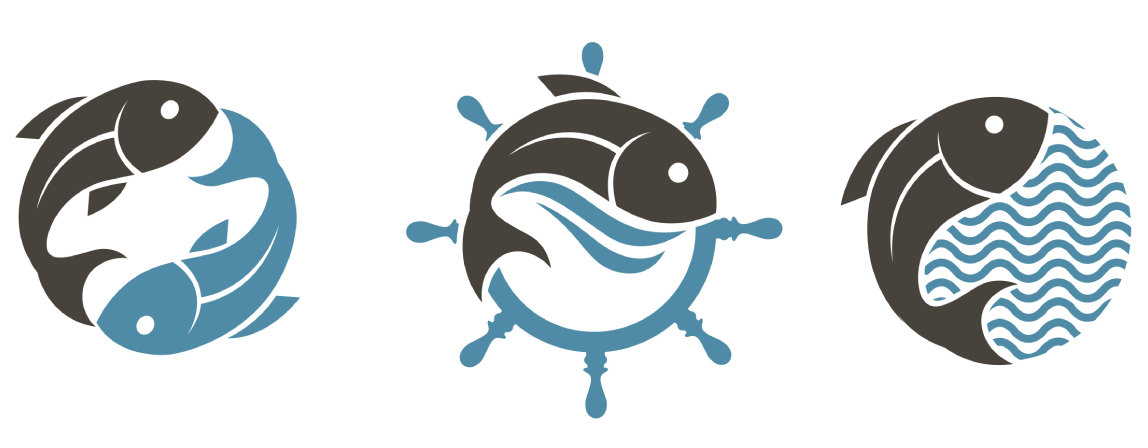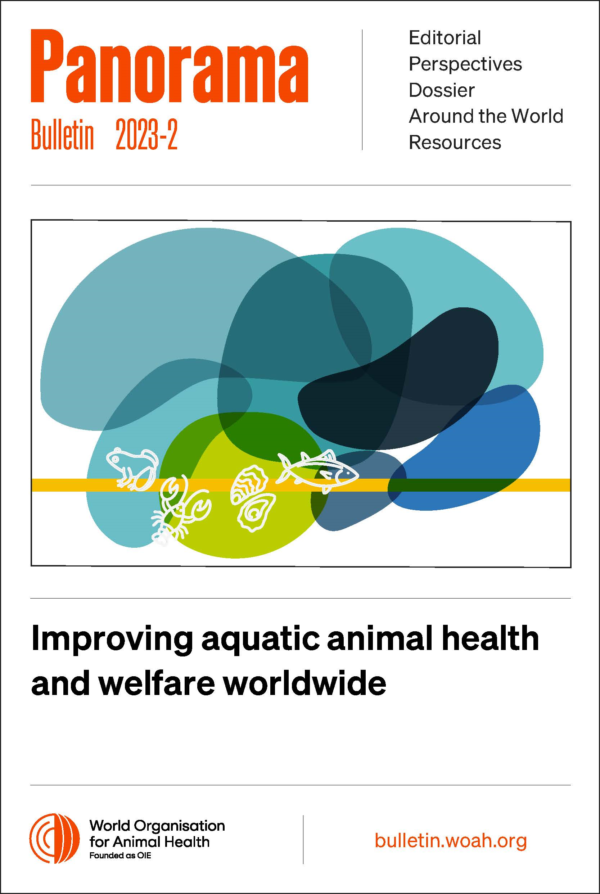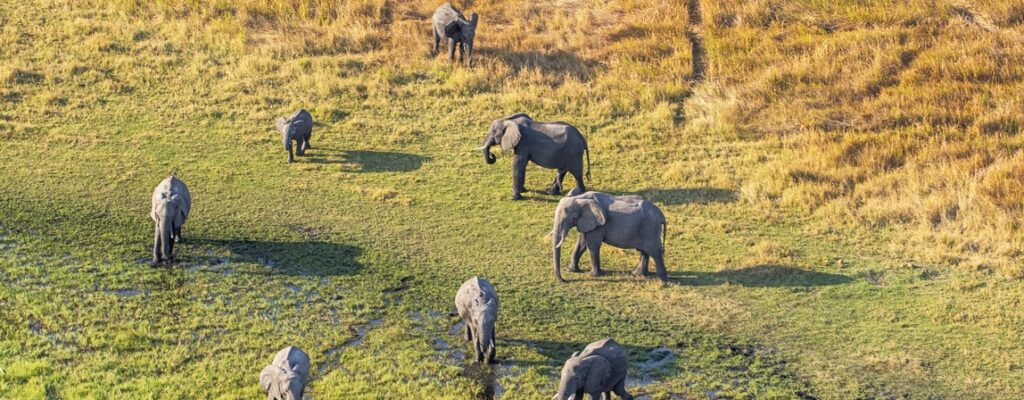Perspectives Posted on 2023-12-12 11:40:56
WOAH actions
Workplan on antimicrobial resistance in aquaculture
Keywords
Authors
D. Mateo, Antimicrobial Resistance and Veterinary Products Department, World Organisation for Animal Health (WOAH)
Antimicrobial Use (AMU) in aquaculture, as with livestock farming, is needed to protect the health and welfare of farmed animals. However, unnecessary use of antibiotics could occur when husbandry management practices are deficient or when health measures are insufficient (e.g. lack of vaccines, poor hygiene, etc.), unavailable or ineffective. This situation is reinforced by deficiencies in policies and regulation in many countries, including the major aquaculture producers [1].
Given the remarkable growth of aquaculture worldwide, and the signs of misuse or overuse of antimicrobials [1, 2], there is reasonable concern about the contribution of aquaculture to antimicrobial resistance (AMR) in the environment, and the consequences for animal, plant and human health [3]. In fact, antimicrobial-resistant bacteria and genes to various antibiotics can be found in proximity to aquaculture settings [2].
In view of the risks of AMR in aquaculture, during the 4th OIE Global Conference on Aquatic Animal Health: Collaboration, sustainability – our future (Chile, 2019), Members recommended that the World Organisation for Animal Health (WOAH) assist them in promoting good governance practices emphasising prudent use of antimicrobial agents in aquatic animals (Recommendation 5), together with research on vaccines and alternative therapeutics and other management approaches to reduce the use of antimicrobial agents in aquatic animals (Recommendation 7).
Previously, in the 2nd OIE Global Conference on Antimicrobial Resistance and Prudent Use of Antimicrobial Agents (Morocco, 2018), Members had recommended that WOAH continue to update and complete the Terrestrial and Aquatic Codes and Manuals (Recommendation 1), and to subdivide the List of Antimicrobial Agents of Veterinary Importance for different animal species (Recommendation 3).
Responding to WOAH Members’ needs, in 2020, the WOAH Antimicrobial Resistance and Veterinary Products Department developed a Workplan on Antimicrobial Resistance in Aquaculture. This workplan brings together the Strategy on Antimicrobial Resistance and the Prudent Use of Antimicrobials and the Aquatic Animal Health Strategy (Objective 3 Resilience. Responses to emerging aquatic animal health issues of regional and global concern are coordinated and timely). The workplan sets the path to follow in the next five years, with ten main activities (Figure 1) aimed at promoting informed decisions in the aquaculture sector for curbing AMR. The workplan is expected to have a positive impact on aquatic animal health and welfare, food security, food safety and the economic development of our Members.
The activities involve creating awareness of AMR through establishing a dedicated network, disseminating evidence in global events, and broadening communication tools specific to aquaculture. Other activities include creating and updating guidelines and standards, such as a technical document on antimicrobial agents for aquatic animals, harmonising chapters related to AMU and AMR in the Aquatic Code and Aquatic Manual, and developing technical publications. Activities to build capacity such as developing specific WOAH National Focal Point training and enhancing the PVS Pathway to cover AMU and AMR in aquaculture are also considered. Finally, activities for monitoring AMU and AMR are covered, with the refinement of AMU global data collection for aquatic animals, and supporting AMR surveillance in Quadripartite Multi-Partner Trust Fund projects. The development of four of these activities is included as sub-activities of activity 3.4 Provide practical AMR guidance for the implementation of the Aquatic Animal Health Strategy.
The implementation of the workplan includes collaboration with WOAH colleagues from Headquarters and Regional and Sub-Regional Representations, as well as Collaborating Centres, such as the Centre for Antimicrobial Stewardship in Aquaculture (CASA). The commitment of our Members, through their Delegates and Focal Points, to engage in our activities will support their Aquatic Animal Health Services in effective management of the risks of AMR arising from the use of antimicrobials in aquaculture.
More information on the WOAH action against antimicrobial resistance.

https://doi.org/10.20506/bull.2023.2.3413
References
- Lulijwa R., Rupia E.J., Alfaro A.C. (2020). – Antibiotic use in aquaculture, policies and regulation, health and environmental risks: a review of the top 15 major producers. Rev Aquacult 12, 640–663.
- Watts J.E.M., Schreier H.J., Lanska L., & Hale M.S. (2017). – The Rising Tide of Antimicrobial Resistance in Aquaculture: Sources, Sinks and Solutions. Mar. Drugs 15, 158.
- Santos L. & Ramos F. (2018). – Antimicrobial Resistance in aquaculture: Current knowledge and alternatives to tackle the problem. Int. J. Antimicrob Agents 52: 135-143.












